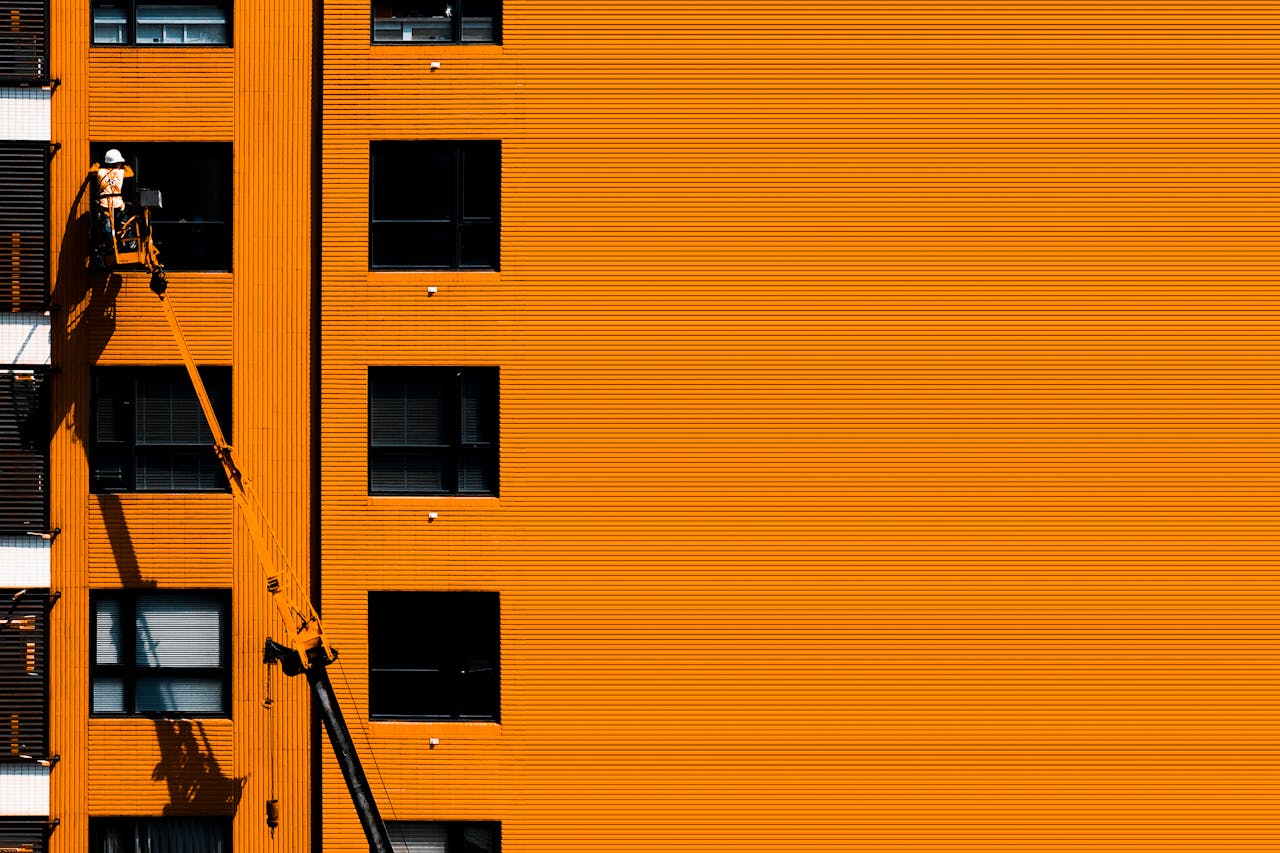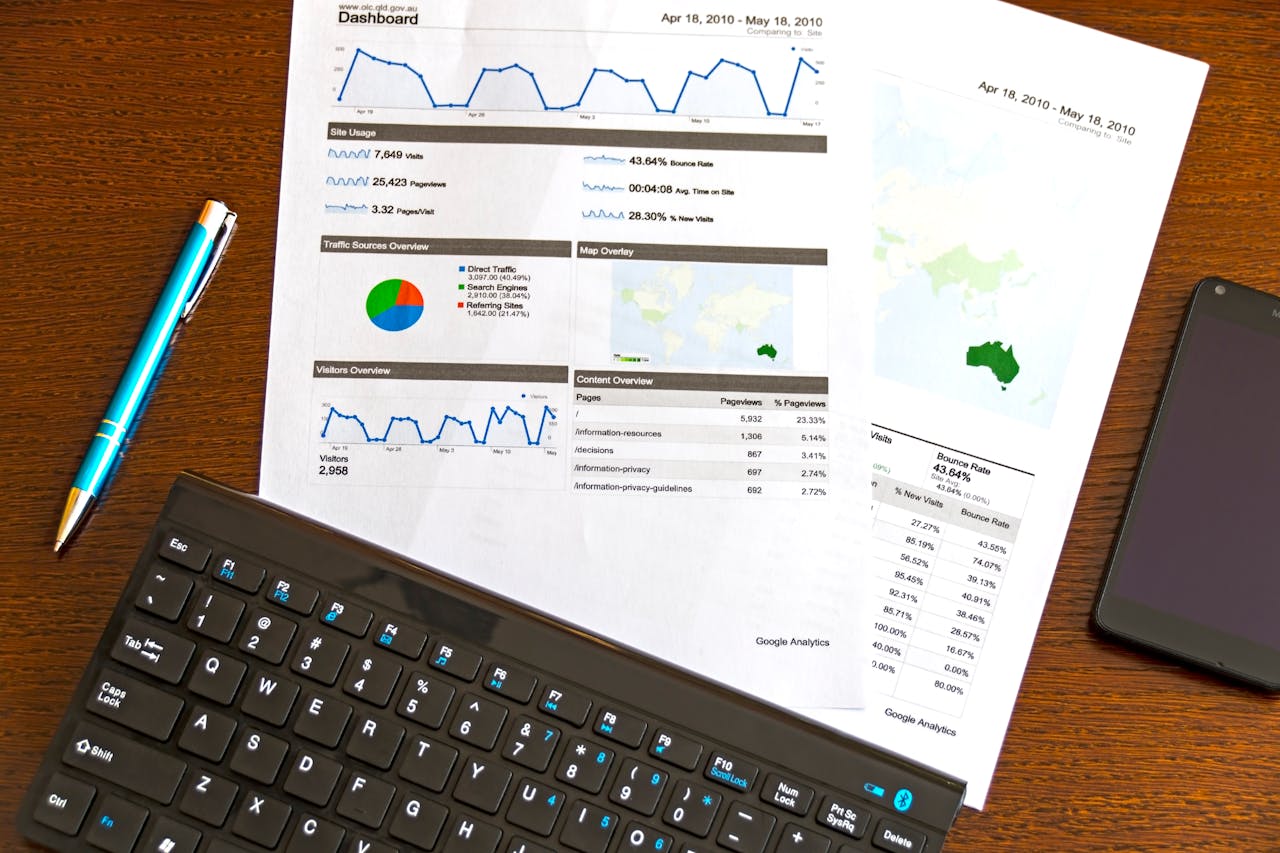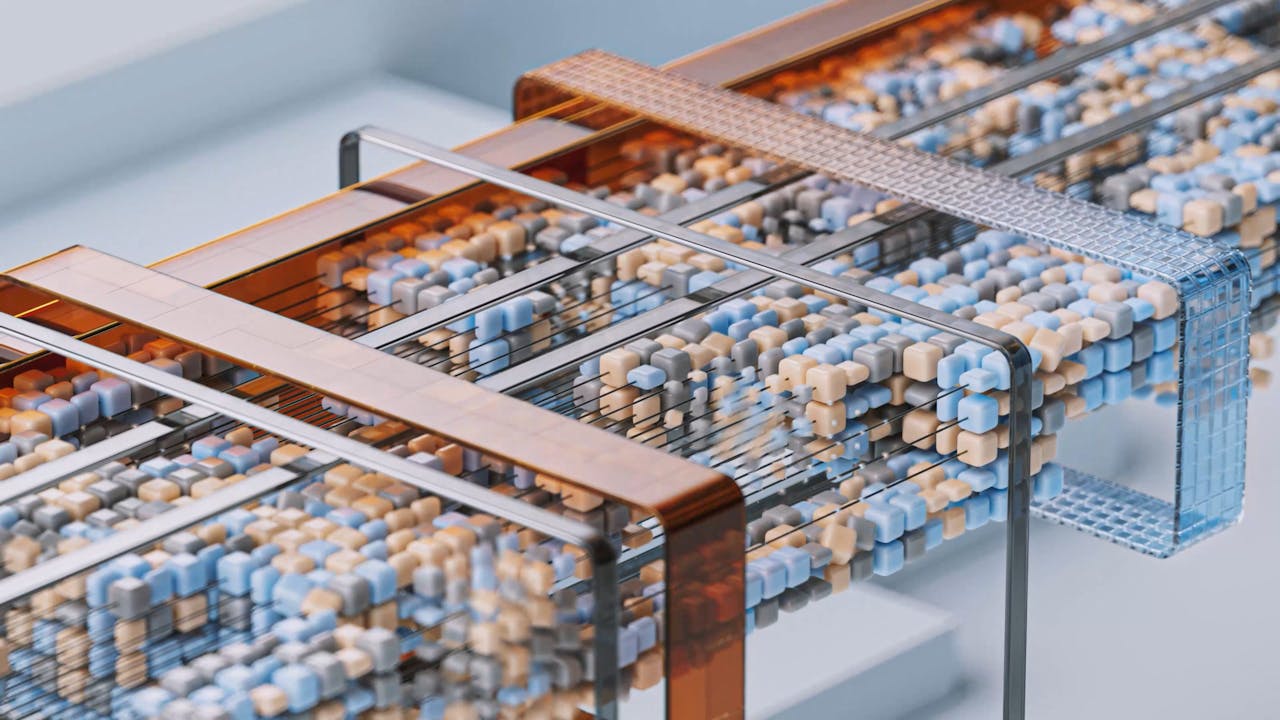Tenant satisfaction is shaped long before lease renewal discussions and far earlier than online reviews. For most residents, satisfaction begins with how well a property responds when something stops working. This is why maintenance operations hold a disproportionate influence over a tenant’s impression of a property.
Through Yardi maintenance, property managers are reshaping that experience with faster communication, clearer tracking, and higher service consistency.
Maintenance as the Cornerstone of Tenant Experience
Even in well-managed communities, maintenance needs arise constantly. HVAC inspections, plumbing issues, appliance breakdowns, landscaping work, and emergency repairs all influence how tenants judge the reliability of their home. With Yardi maintenance, property managers centralize these tasks into a unified digital environment that keeps everything from request to resolution, organized and transparent.
Rather than juggling multiple spreadsheets, emails, or scattered communication threads, staff members benefit from the structure of the Yardi maintenance management system. It brings work orders, resident requests, vendor communication, and internal workflows together, allowing teams to eliminate guesswork and respond with more consistency. When tenants can submit requests through a single channel and track progress themselves, frustration decreases and trust increases.
Turning Requests Into Clear Workflows
Maintenance issues aren’t just operational tasks, they’re moments where the resident’s home comfort is disrupted. The speed and clarity of the response matter just as much as the actual repair. With Yardi work order tracking, property teams convert incoming requests into organized workflows that help eliminate delays.
This system gives managers a precise view of:
- Request timestamps
- Urgency levels
- Assigned technicians
- Estimated completion times
- Pending approvals
- Progress updates
Instead of staff manually routing tickets, losing track of messages, or relying on memory, each work order flows through a structured lifecycle. For tenants, this organized progression reduces the mystery around when help will arrive. For internal teams, it reduces errors and prevents duplicate work orders that can slow down efficiency.
Reducing Tenant Frustration Through Automation
In many buildings, tenants wait longer than necessary simply because their service requests get buried in emails or overlooked during busy periods. Yardi service request automation removes that bottleneck. When a tenant submits a request, the system instantly routes it to the appropriate technician or team, logs the details, notifies staff, and records updates in real time.
That immediate acknowledgment matters more than many property teams realize. Studies across multifamily portfolios show that tenants who receive automated confirmations are more likely to rate their maintenance satisfaction as “high”, even before the repair is completed. The reassurance of being heard plays a critical role in perception.
Automation also prevents requests from slipping through the cracks, creating a more reliable service flow and reducing tenant follow-ups, which often strain front-office staff.
Staying Ahead with Scheduled Maintenance
While reactive repairs are inevitable, much of tenant dissatisfaction stems from recurring issues that could have been avoided through preventive work. Yardi maintenance helps teams plan ahead through its built-in Yardi maintenance scheduling software, which supports recurring inspections, seasonal tasks, and routine servicing.

Scheduled maintenance benefits both tenants and property owners:
- Reduces emergency calls
- Extends equipment lifespan
- Lowers long-term repair costs
- Minimizes unit downtime
- Prevents resident inconvenience from avoidable breakdowns
For example, scheduled HVAC inspections before summer heatwaves or winter cold snaps can dramatically reduce service volume during peak months. The more proactive the maintenance strategy, the fewer disruptions tenants experience, and the higher their satisfaction climbs.
Improving Technician Efficiency and On-Site Accuracy
A maintenance technician’s time is one of the most valuable resources in property operations. When workflow instructions are unclear or scattered across different formats, productivity suffers. Yardi maintenance strengthens technician performance by supplying clear task descriptions, unit histories, past repair notes, photos, and materials needed before they even arrive on site.
This reduces return visits and eliminates guesswork, which leads to faster fixes. For tenants, that means shorter periods of inconvenience and fewer interruptions to their daily routine.
The system also documents technician timelines and job completion data, which helps managers evaluate performance and allocate resources more intelligently.
Unified Facility Management for Complex Portfolios
Large property portfolios or mixed-use facilities often struggle with inconsistencies between different sites. Differences in reporting, vendor communication, or maintenance priorities create gaps that tenants notice. Yardi facility management tools provide a standardized environment that scales across properties, allowing managers to apply the same quality benchmarks everywhere.
This consistency supports:
- Portfolio-wide maintenance policies
- Centralized vendor management
- Consistent documentation
- Uniform communication templates
- Shared reporting metrics
Rather than piecing together each site’s processes, property managers gain a cohesive maintenance management framework that benefits all residents equally.
Real-Time Visibility Builds Resident Trust
Modern renters expect transparency. They track packages, monitor food delivery, and receive instant ride notifications, so they expect the same visibility from their property management team. Through Yardi maintenance, tenants gain the ability to see updates at each step of the repair process, giving them confidence that their request is actively being addressed.
This kind of visibility is directly linked to perception. According to SCUDO tenants who can track maintenance progress are more likely to renew their lease. The more predictable and communication-driven the experience, the more secure tenants feel in their homes.
Data-Driven Decisions That Strengthen Operations
Maintenance data is more than a record of repairs; it’s a window into future planning. Work order volume, seasonal spikes, average completion times, and recurring issues reveal where processes need improvement. Yardi maintenance gives property managers access to these insights in real time, helping them direct resources more precisely.
For example:
- High repeat-request areas may indicate deeper mechanical problems
- Slow technician response times could reveal staffing gaps
- Frequent vendor delays may point to contract renegotiation needs
By converting maintenance activity into actionable data, managers avoid guesswork and improve long-term operational health.
The Practical Impact of a Strong Maintenance System
Efficient maintenance systems do more than solve problems, they influence tenant sentiment, lease retention, and even a property’s online reputation. When residents consistently receive timely, professional service, they associate the entire property with dependability.
Through Yardi maintenance, property managers create an environment where communication is smooth, repairs are predictable, and the overall standard of living feels elevated. As competition in the rental market grows and tenants weigh more options, these operational details become major differentiators.
Conclusion
Tenant satisfaction thrives when maintenance operations run smoothly, transparently, and consistently. Yardi maintenance provides the structure and clarity needed to deliver that experience reliably. Through automated requests, scheduled servicing, real-time tracking, and unified facility management tools, the system supports property teams in meeting expectations and building long-term resident trust.
With a modern maintenance workflow in place, property managers protect their operations, strengthen tenant relationships, and create a living environment where residents feel taken care of, day after day.





